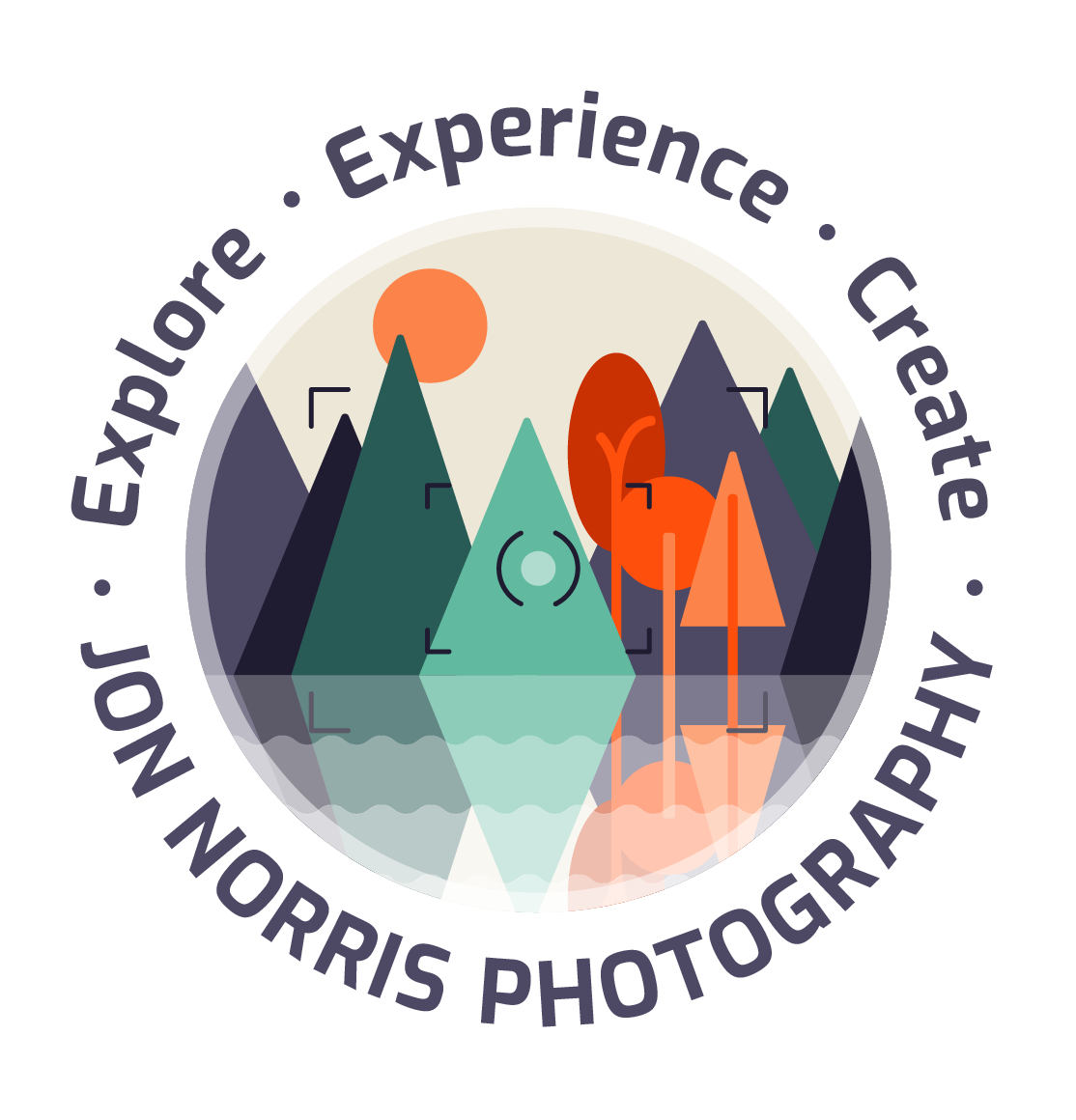What’s in My Camera Bag?
Post-photography weekend gear spread
I'm often asked what gear I carry around in my rucksack while I hike and explore the landscape to find my next photo. I thought it would be (rather hoped it would be) interesting for others to see what I use, so I laid out the contents of my rucksack on the garden table after a recent photography weekend.
I also hoped that while creating the gear spread photo, I'd be able to reflect on what I've been taking with me and do some more optimization to reduce the weight of what I carry. Hiking does not get any easier as you get older, and anything that helps to improve the experience is very welcome.
Like many photographers, there have been times in the past that I've been struck down by GAS (Gear Acquisition Syndrome) despite the knowledge that very rarely does new gear improve your photography.
As I reflected on what's in my bag, I identified ten essential items that will undoubtedly remain, and I'd like to talk a little about them.
My Canon EOS R Camera is the second mirrorless camera that I've owned, the first being a Canon M5. The M5 was a little too small for me to feel comfortable with, the buttons were small and just too close together. I wanted to trade back up to a full-frame camera, so I went with the EOS R - which I love. The Canon RF 24-105mm f/4L IS (USM) Lens lives on the camera much of the time. My favorite three features that I use for almost every shot are:
I have the histogram displayed in the EVF (electronic viewfinder), so I can tweak exposure (or decide I need to bracket) while composing an image.
The focus guide and manual focus peaking function to get a reasonable first focus, and
The option to magnify Live View 10x to verify that the lens is focused correctly.
I (stupidly) resisted using one for the longest time, and now I wouldn't be without my 3 Legged Thing QR11-LC Universal L-Bracket. If you want to swap orientation quickly from landscape to portrait without moving your tripod ball head every time, this is essential.
I've tried a few different travel tripods hoping that they'd be adequate replacements for my Gitzo GT2542 Mountaineer Series 2 Carbon Fiber Tripod. None of them came close - until the Peak Design Travel Tripod came onto the scene. I took the plunge and backed the tripod on Kickstarter. It's lightweight, compact, and versatile - and I love how intuitive the ball head is to quickly position and compose for a picture. I used it exclusively for a weekend trip to Yosemite and was delighted with how it performed.
I use Sony 64GB Tough SD Cards and have never had a problem with lost images or corrupted data. I have multiple cards and swap them out regularly during a trip (backing them up immediately in the field - see 9).
When I want wide and fast, the Canon EF 16-35mm f/2.8L III (USM) Lens is a fantastic lens for landscapes and astrophotography.
I'm a frequent user of Gaia GPS on my iPhone or iPad while I'm out exploring - whether that's on foot or while overlanding. Having multiple map layers at your fingertips, and having those maps downloaded onto your device(s) for offline use is excellent. However, I always travel with good old-fashioned analog paper maps (downloaded from CALTOPO) and a sighting compass.
The Canon GPS Receiver GP-E2 adds GPS location data to my images while shooting with the EOS R … far easier than pairing with my iPhone, and way better than struggling to remember where the shot was taken when processing images days or weeks later. Still don’t understand why Canon didn’t embed a GPS receiver into the EOS R.
Big lens cloth and blower keeps my lenses and camera clean and dust-free while out shooting.
I backup my SD cards on the go to 2 x Gnarbox 2.0 SSD Rugged Backup Device … they are robust, easy to use, and work without needing a laptop.
I love this backpack. The MindShift Gear BackLight Elite 45L Backpack allows me to carry all the photography gear I'll need on a day hike plus all the other stuff required to stay warm/dry, safe, fed, and watered.
Oh, I remembered another essential piece of kit that's not directly related to photography but is always in my rucksack. As I often explore and shoot alone, I always take my Garmin inReach Explorer+ as well as helping me find my way it's an SOS beacon.
I hope this was useful. If you have any comments or recommendations on what I'm missing, please leave me a comment.
NOTE: The links listed above are affiliate links. This means that if you make a purchase after clicking those links I get a small percentage of the purchase price, but there’s no effect on what you pay.
Until next time, explore, experience, and enjoy our wildlands responsibly. Think before you geotag. Adopt the 7 Principles of Leave No Trace and practice Responsible Nature Photography.
Bye for now,
Jon

